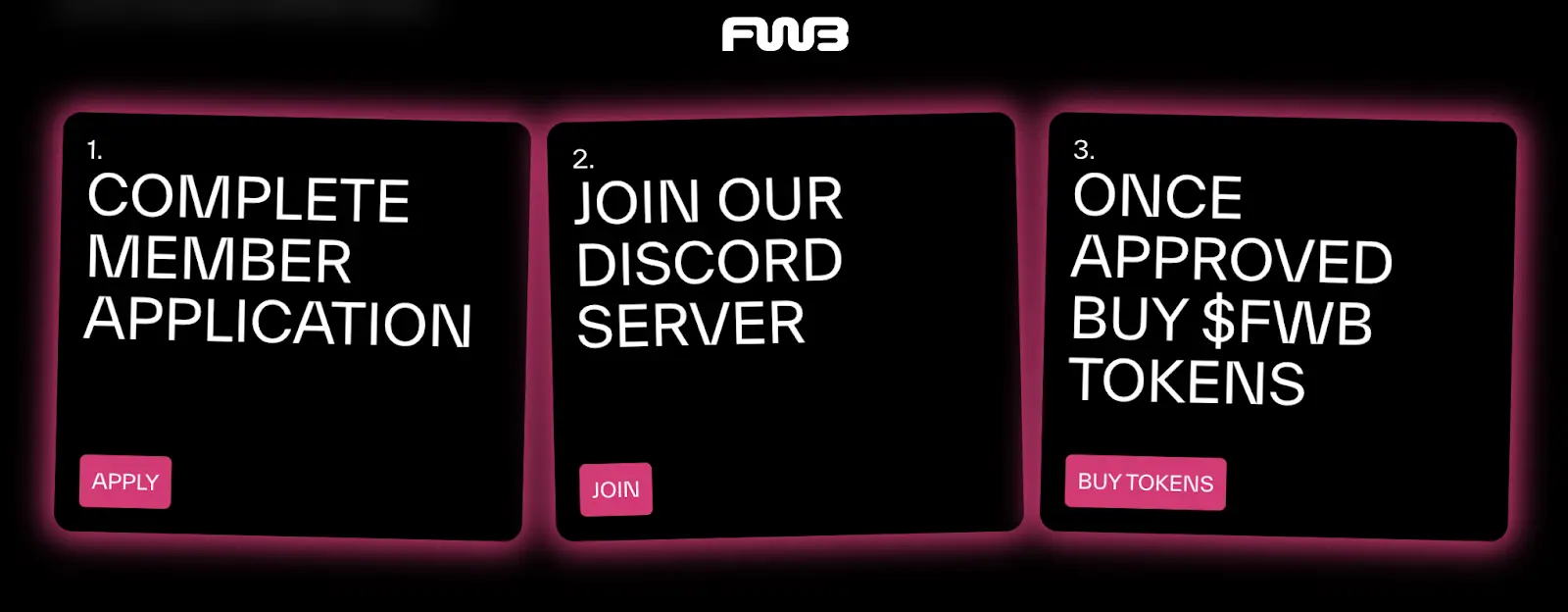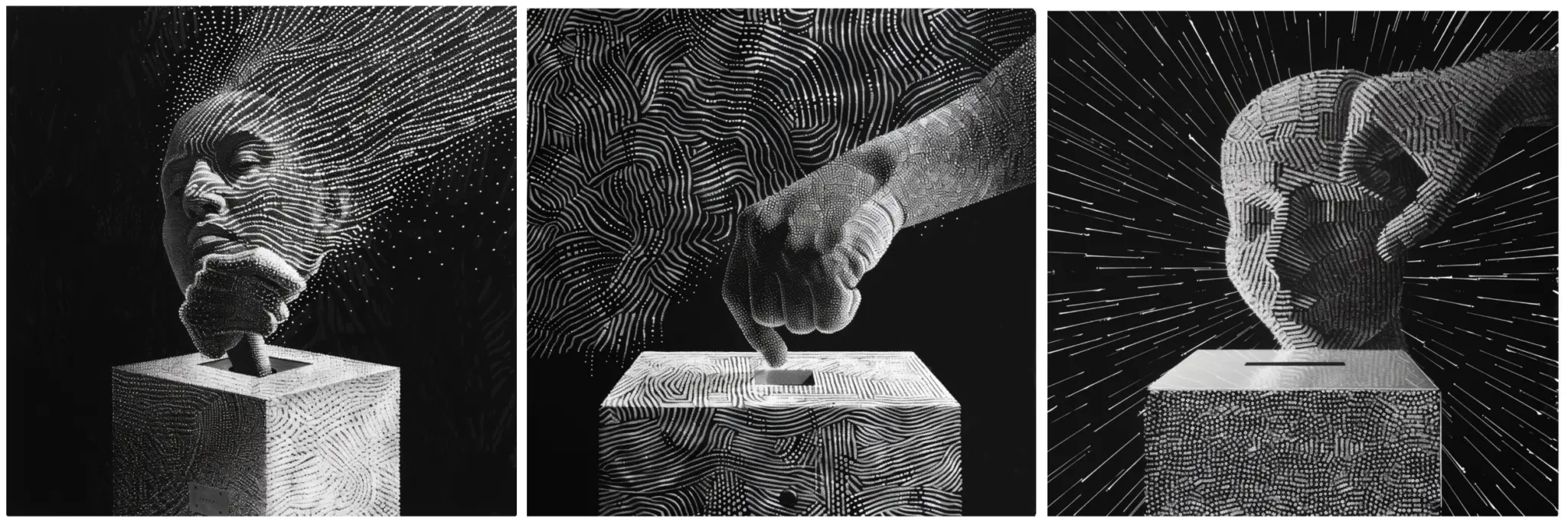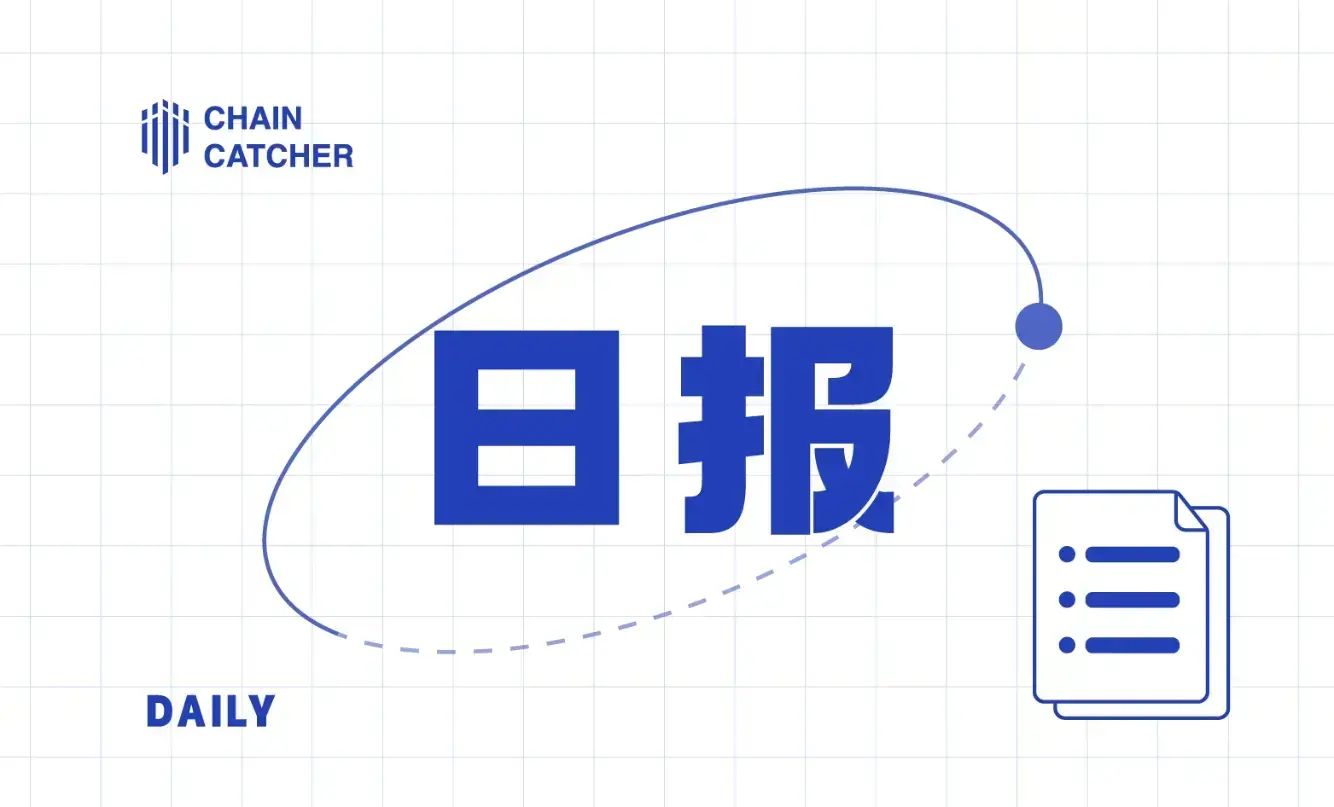The evolution of DAO tokens: an overview of the current state of practicality and potential use cases
Written by: GCR Team
Compiled by: Luffy, Foresight News
Global Crypto Research (GCR) and Friends With Benefits (FWB) conducted a collaborative study that provides a comprehensive examination of decentralized autonomous organization (DAO) tokens and their current application landscape. Despite the growing interest and investment in DAO tokens, their utility and application remain constrained by a range of technical, regulatory, and operational challenges. Our primary goal is to explore the potential use cases of DAO tokens and propose a roadmap for their future development. Through this collaborative research, we hope to deepen the understanding of DAO tokens, foster innovation, and drive stronger, more versatile, and fairer applications within the crypto economy.
Current State of DAO Tokens
Many DAO tokens help incentivize, coordinate, and manage communities in various ways.
Cryptographic assets can play a dual role financially. Whether positive or negative, the value of a token influences perceptions of the project. When the value of a token rises, it creates a positive feedback loop of positive sentiment. Conversely, when a token depreciates, it negatively impacts the morale of communities with financial interests and affects the broader industry. Therefore, it is crucial to create a DAO token that can maintain a balance of supply and demand. We explored various use cases for DAO tokens to determine the most effective ways to build DAO tokens in the future.
DAO tokens are often the most important financial resource for a DAO. Most of a DAO's financial reserves typically consist of its own tokens. These tokens can be used to reward contributors, pay operational costs, and support the growth and functioning of the DAO. However, as mentioned earlier, establishing token utility to achieve a balance of token expenditure is essential.
Access and Membership

Token ownership can be multifaceted; in some cases, it represents the power to participate in project or community treasury governance, while in others, it signifies a connection with the entire community. For Friends With Benefits, owning at least 75 FWB tokens is a prerequisite for applying to join the private and token-gated Discord server, which serves as the community's private "town square" where members can share information, organize projects, and coordinate community governance. Additionally, events hosted by FWB require holding a small amount of FWB to participate, effectively expanding DAO membership beyond just the community members on the Discord server. Requiring community participants to hold tokens is an effective way to generate initial demand for the tokens and coordinate interests. However, this approach is unsustainable as a standalone strategy, as it only requires users to "buy and hold once," without fostering repeated demand for the tokens themselves.
Governance

DAO tokens typically include governance rights, granting holders the power to propose and vote on various matters concerning the DAO. These matters may include decisions about new organizational structures, plans, partnerships, team compensation, and even financial asset allocation. Some tokens grant voting rights without any additional obligations, while others require DAO tokens to be "locked" for a period to gain voting rights. For example, FWB and GCR tokens can be used for voting purposes without any lock-up period.
In contrast, Curve's popular voting escrow model differs. In this model, CRV tokens are locked for up to 4 years to gain voting rights. The longer the CRV tokens are locked, the greater the voting power obtained by the holder.
Unfortunately, most DAOs only vote on sporadic proposals, and voter participation rates are typically low. Charmverse estimates that the voting participation rate for most DAOs is in the single digits.
Value Growth
One way to generate demand for tokens is to make them a financial asset worth investing in or speculating on. This is most common in DAOs managing DeFi protocols. For instance, Curve Finance has a revenue-sharing mechanism similar to dividends. Other DAOs have adopted buyback and burn mechanisms to accumulate value.
These value accumulation mechanisms typically apply to projects that can generate fees or revenue. Community DAO tokens may not have this option. Token issuers should first consider legal implications to ensure that their value accumulation models do not lead regulators to classify DAO tokens as securities.
Staking
Some projects offer token staking options, usually to earn income by contributing economic resources to the project. For example, Aave allows users to stake AAVE tokens in its safety module in exchange for a share of protocol fees. By staking AAVE, you can act as a backstop in case of bad debts within the protocol, providing financial assurance for the project.
However, poorly designed staking mechanisms can arise when staking does not provide any economic purpose or when the rewards paid to stakers dilute the circulating supply of tokens. In such cases, staking serves no purpose other than to incentivize token holders not to sell. Cryptocurrency influencer Cobie has previously opposed such staking designs. Since the last bull market, many projects have abandoned dilutive rewards in favor of "real yields" or returns generated from actual economic activity.
Potential Use Cases
In the previous examples, we introduced the current state of DAO token utility. However, we are still in the early stages of experimentation. In the following sections, we will explore various different options for DAOs to deploy their tokens in innovative ways.
Launching Custom Blockchains
One potential use case is launching community-specific custom blockchains. These blockchains can generate transaction fees, thereby creating demand for the tokens. Many services and SDKs make it easier to launch custom blockchains, but it remains a daunting task. To justify the costs of launching and maintaining a blockchain, there must be a sufficiently large and actively engaged community. While launching a blockchain can provide better control over the user experience for existing members, it also poses challenges for new members, such as the need for new wallets, gas tokens, and cross-chain bridges. All these factors must be carefully considered.
Token Migration
Many DAOs were initially launched on the Ethereum mainnet. Gas fees on Ethereum can be prohibitively high, creating barriers to community growth and experimentation with more innovative token designs and mechanisms. While using the OG smart contract chain (Ethereum) certainly provides some prestige, migrating tokens to cheaper L1 or L2 solutions can help unlock new use cases. This is a great alternative to launching custom chains with high maintenance costs.
Creating Token Utility Around Core Community Activities
Creating additional utility for DAO tokens is crucial for maintaining demand for the tokens. For example, Global Coin Research (GCR) recently passed a proposal allowing members to purchase DAO tokens to reduce the commissions they pay on co-investments. If members are optimistic about their early investments made through GCR, they can choose to buy additional GCR tokens to burn in exchange for reduced fees. The motivation behind this mechanism is to link the additional token utility and demand to the quantity and quality of early investments facilitated by GCR.
Unbundling Token Uses
Does a token have too many uses bundled together? In Web2, each use case has its own separate corresponding asset. If you want to own equity in a company, you can buy stock. Sometimes there are even different classes of voting shares. Starbucks rewards you with loyalty points for frequently visiting their coffee shops, rather than ownership shares. In Web3, all use cases are bundled into one token. We believe this is a good thing: users are stakeholders and should own the businesses they contribute to. But does one token need to represent all of these? Or does this limit growth? With the rise of semi-fungible tokens, we need to explore different dynamic use cases.
Airdropping to Your Community
Many Web3 communities are more than just clubs. They carry the mission of advancing the Web3 industry. If successful, this mission will create value in the form of incubated projects. The value of these incubated projects can accumulate in the treasury managed by DAO tokens, but what if you airdrop this value to token holders? Crypto Oracle Collective (COC), co-founded by Lou Kerner of Crypto Mondays, intends to do just that. They will start with an airdrop of Crypto Monday tokens and plan to promote this approach in projects incubated by COC.
Rewarding and Gamifying Participation
Community tokens should be easy to acquire so that they can spread widely and build attachment to the tokens and the community. Those interested in the community can receive a small token gift to build relationships. Members attending community events should receive small token rewards. The community should explore rewarding and gamifying participation. The more tokens one holds, the higher social status they have within the community.
It is important to note that token farming may ruin the community, so some lock-up periods should be established, and the unlocking mechanism should reference the holder's contributions to the community. This way, being first does not necessarily mean receiving the largest rewards; rather, those who contribute to the community can genuinely earn rewards, while the tokens of those who exploit will be redistributed.
In terms of rewarding community members with greater contributions, the Optimism PGF (Public Goods Fund) model may be a good option. Community members will be incentivized to make meaningful contributions, knowing that their contributions can receive retroactive rewards.
Of course, airdrops may increase selling pressure on tokens. On the other hand, by providing micro-rewards to small participants, the incentive to sell tokens diminishes. This approach can establish an emotional connection between the tokens and the community. Some may still sell their tokens, but this mechanism can self-select community participants who do not sell their tokens, aligning better with the long-term vision of the community.
Conclusion
The emergence of DAO tokens has created one of the best coordination mechanisms in the world. Tokens incentivize and enable complete strangers to pool resources together to accomplish a mission. That said, we are still in the early stages of the development of tokenized communities, and we should all continue to experiment and explore new token mechanisms and use cases.








